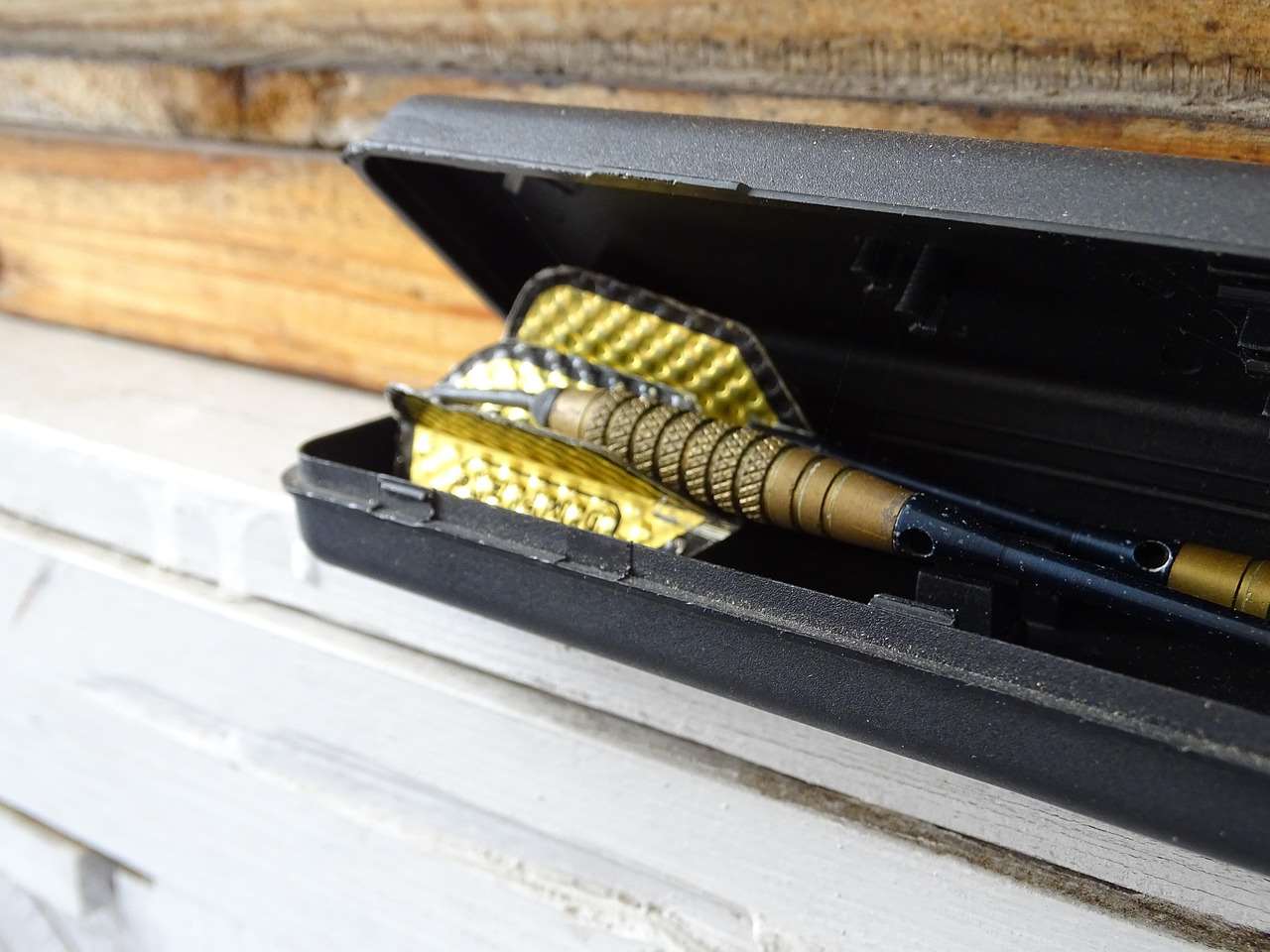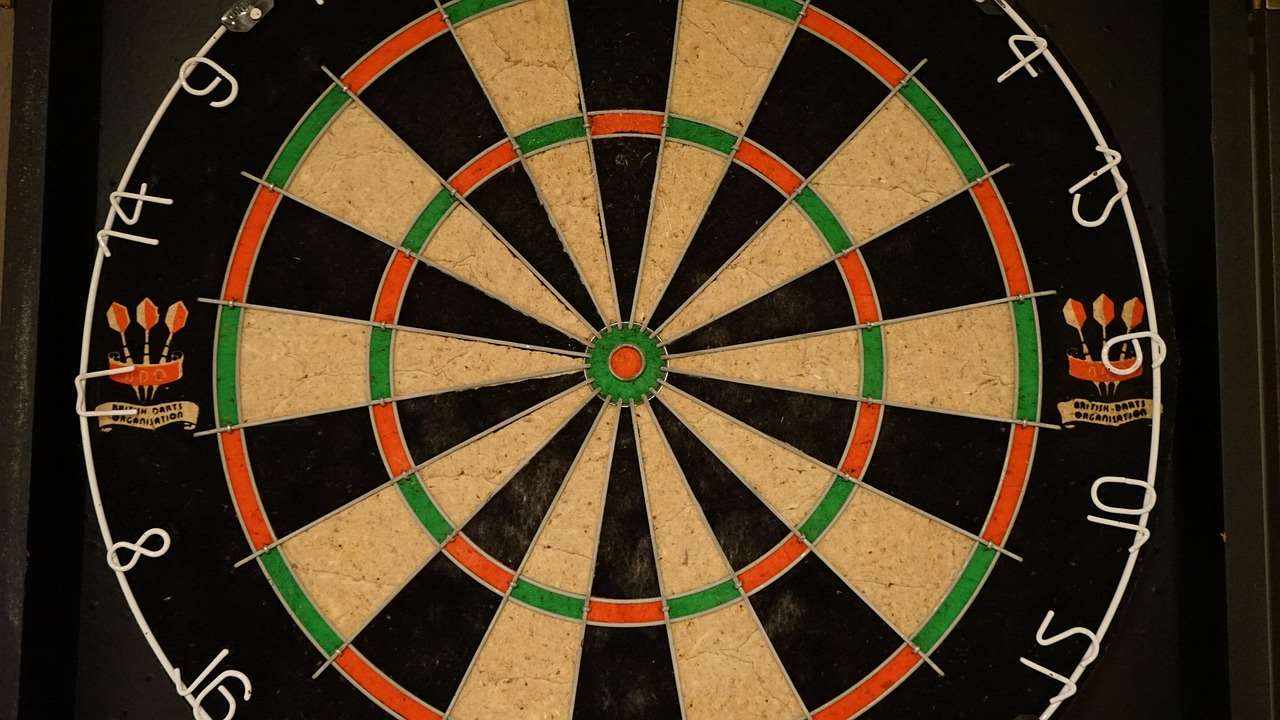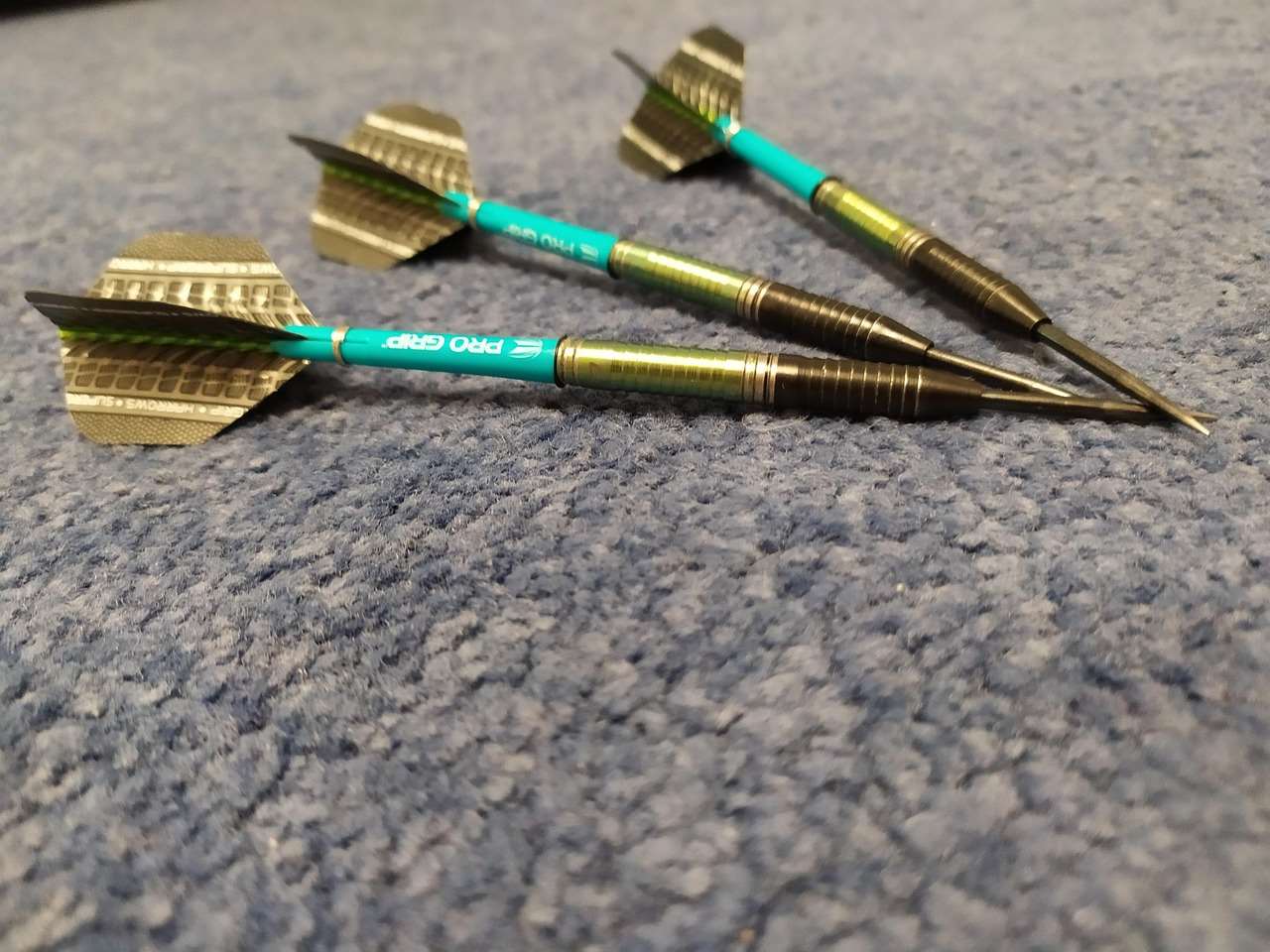Understanding dart flight sizes is crucial for optimal dart performance. This article provides a comprehensive dart flight sizes chart and explains how to choose the right flights for your game, covering everything from standard sizes to the impact of flight shape and material. We’ll also explore how flight size relates to dart weight and throwing style.
⚠️ Still Using Pen & Paper (or a Chalkboard)?! ⚠️
Step into the future! The Dart Counter App handles all the scoring, suggests checkouts, and tracks your stats automatically. It's easier than you think!
Try the Smart Dart Counter App FREE!Ready for an upgrade? Click above!
Choosing the right dart flights can significantly improve your game. A well-chosen flight can help stabilize your darts, resulting in greater accuracy and consistency. This is particularly true when paired with the correct weight of dart barrel and shaft. A dart flight sizes chart is an invaluable tool for players of all levels.
Beyond understanding the basic measurements, this guide will delve into the nuances of flight selection, covering different flight materials and their properties. We’ll discuss the impact of flight shape on flight performance and offer practical tips for optimizing your dart setup. You’ll also learn how to interpret a dart flight sizes chart effectively and match flight sizes to your throwing style and dart weight.
Understanding Your Dart Flight Sizes Chart
A dart flight sizes chart typically displays the dimensions of various dart flights, usually in millimeters (mm) or inches. The most important measurement is the height of the flight, which directly impacts stability and flight time. Larger flights offer greater stability but can increase drag, slowing down the dart. Smaller flights are less stable but allow for faster dart speeds. There is a delicate balance to strike for each individual.

The chart may also show the width of the flight, which contributes to overall aerodynamics. You can frequently find dart flight sizes charts online or in darting supply catalogs. They are also often printed on the packaging of flight sets, making it easy to understand what size and shape you have bought.
Standard Dart Flight Sizes
Standard dart flight sizes generally range from approximately 25mm (standard) to 50mm (extra-large), with several intermediate sizes in between. The most common sizes are standard (around 25mm-27mm), medium (around 30mm) and large (around 35mm-36mm). The exact dimensions can vary slightly depending on the manufacturer. The height of the flight usually dictates the stability, but you’ll find the height and width proportions are often linked.
Factors to Consider When Choosing Dart Flight Sizes
Selecting the appropriate flight size is not solely about consulting a dart flight sizes chart; it’s a crucial part of optimizing your dart setup for your specific throwing style and dart weight. Several critical factors influence this decision:
Dart Weight
Heavier darts generally benefit from larger flights to improve stability during flight. Lighter darts may perform better with smaller flights to reduce drag and maintain speed. A balance must be achieved; too large a flight and you’ll lose speed, too small and you’ll sacrifice stability.
Throwing Style
Your throwing style significantly impacts flight selection. Players with a powerful, overarm throw might prefer larger flights for added stability. Those with a softer, more underhand throw may find smaller flights more suitable. Experimentation is key to finding your perfect setup. You should consider your throw style when selecting dart flights, and reference a dart flight sizes chart to find the appropriate flight size for you.
Flight Shape and Material
Beyond size, the shape and material of your darts also matter. Standard dart flights typically have a kite-shaped design, but you can also find other shapes, each with its own impact on the aerodynamic properties and flight stability. Standard kite-shaped flights are popular due to their balance of stability and speed. Some players prefer pear-shaped flights for added stability, and other more unconventional designs which have a specific focus.

Different materials like nylon, polypropylene and polyester also have differing weights and aerodynamic properties, affecting dart flight. Nylon and polyester flights tend to be more resilient and durable. Polypropylene flights are often seen as lighter and slightly less durable.
Practical Tips for Choosing the Right Dart Flights
- Start with a standard size: Begin with a standard flight size (around 25-27mm) as a baseline. Experimentation is key to finding your perfect fit.
- Consider your dart weight: Heavier darts often benefit from larger flights, while lighter darts perform better with smaller flights.
- Experiment with different shapes and materials: Explore different flight shapes (kite, pear, etc.) and materials to determine what works best for your throw.
- Observe flight path: Pay attention to the flight path of your darts. If your darts are wobbly, try using a larger flight size; If they are too slow, try a smaller flight size.
- Keep a record: To fine-tune the setup for you, you may want to keep a record of the different combinations of darts, flights, shafts and throws. This will allow you to pinpoint the best setup for you. This makes it much easier to repeat the perfect setup.
Common Mistakes to Avoid
Many beginners make mistakes when choosing dart flights. One common error is selecting flights that are too large for their darts, resulting in slowed-down dart speed and poor performance. Conversely, choosing flights too small can lead to instability and inconsistent throws. Using the correct dart flight sizes chart will minimise these kinds of problems.

Another mistake is neglecting the material and shape of the flights. Different materials offer varying levels of durability and aerodynamic properties. Experimentation is key to finding the perfect combination for you.
Finally, many beginners fail to consider the interaction between the flights and their overall throwing technique. They don’t understand how these factors influence each other. A thorough understanding of your throwing style and how it interacts with the darts and flights is vital. Consulting and carefully following the dart flight sizes chart will significantly reduce the risks associated with making these kinds of common mistakes.
Advanced Dart Flight Considerations
For more advanced players, experimenting with different flight shapes and materials to fine-tune their dart setup can make a noticeable difference. Advanced players often experiment to find the optimal balance between stability and speed. They are often aware of subtle nuances that are lost on beginners. This allows them to squeeze every ounce of performance from their darts.
Using a dart flight sizes chart is only the first step in becoming a truly advanced dart player. The subtleties of dart flight are many and varied. You can find more information on advanced techniques by consulting online resources and experienced players.

Often, these players seek to optimise their darts for specific conditions, such as different air currents. By considering these factors, you can improve your overall dart game. It is vital that you choose the correct dart flights and shafts, and a comprehensive understanding of a dart flight sizes chart is only a small part of what’s needed to perfect your game.
Where to Find a Dart Flight Sizes Chart
You can easily locate a dart flight sizes chart through several means. Many online retailers selling dart supplies provide detailed charts on their websites. Searching online with terms like “dart flight sizes chart,” “dart flight dimensions,” or “dart flight size guide” will yield numerous results. Darting forums and communities are also excellent resources, providing insights and advice from experienced players.
Remember to always cross-reference information from multiple sources to ensure accuracy, as dimensions can vary slightly depending on the manufacturer.
You may even find some dart flight sizes charts that include flight shape and material alongside the dimensions. Take advantage of this information and experiment to find your perfect match.
Conclusion
Mastering the art of dart throwing involves understanding many aspects of the game, from the weight and shape of your dart barrels to the intricate details of the flights. A dart flight sizes chart is an essential tool for any dart player, serving as a foundational guide in choosing the right size and shape to complement your throw. By carefully considering dart weight, throwing style, and flight material, you can significantly enhance your accuracy and consistency on the board. Remember to experiment and find the perfect fit that maximizes your darting potential. This detailed guide, complete with a dart flight sizes chart, should help you enhance your game significantly.
Ready to elevate your game? Check out our selection of high-quality dart flights and accessories! Find the perfect darts here, or maybe check out a new scoreboard to keep track of your scores! Maybe you need a Darts scoreboard app instead!

Hi, I’m Dieter, and I created Dartcounter (Dartcounterapp.com). My motivation wasn’t being a darts expert – quite the opposite! When I first started playing, I loved the game but found keeping accurate scores and tracking stats difficult and distracting.
I figured I couldn’t be the only one struggling with this. So, I decided to build a solution: an easy-to-use application that everyone, no matter their experience level, could use to manage scoring effortlessly.
My goal for Dartcounter was simple: let the app handle the numbers – the scoring, the averages, the stats, even checkout suggestions – so players could focus purely on their throw and enjoying the game. It began as a way to solve my own beginner’s problem, and I’m thrilled it has grown into a helpful tool for the wider darts community.